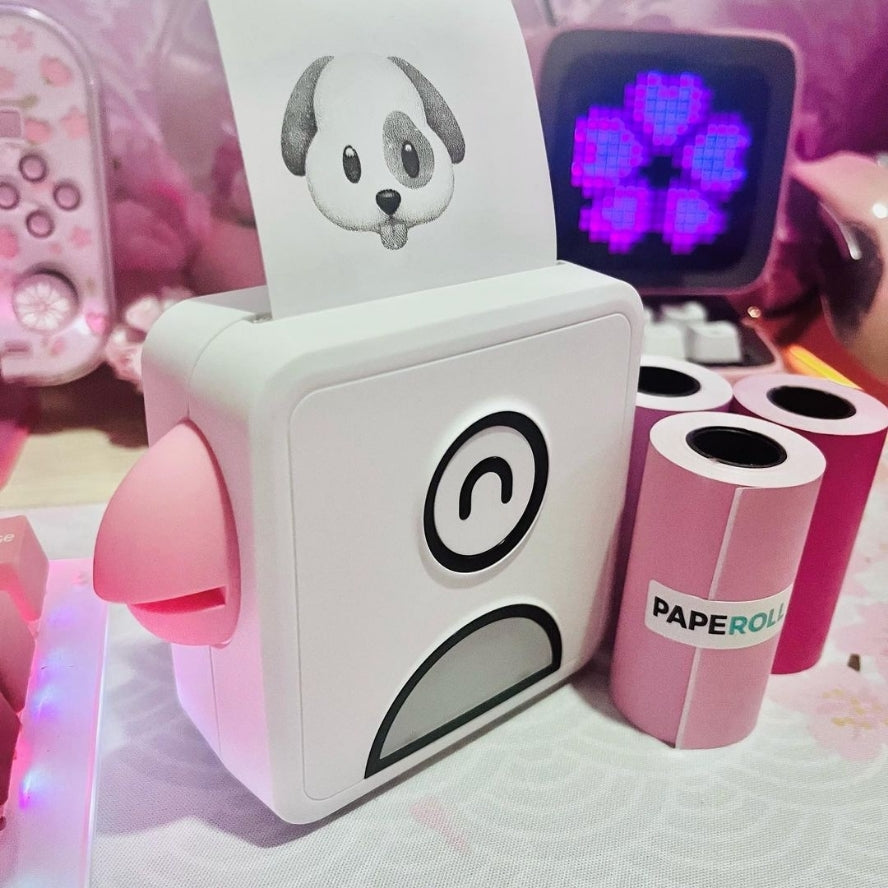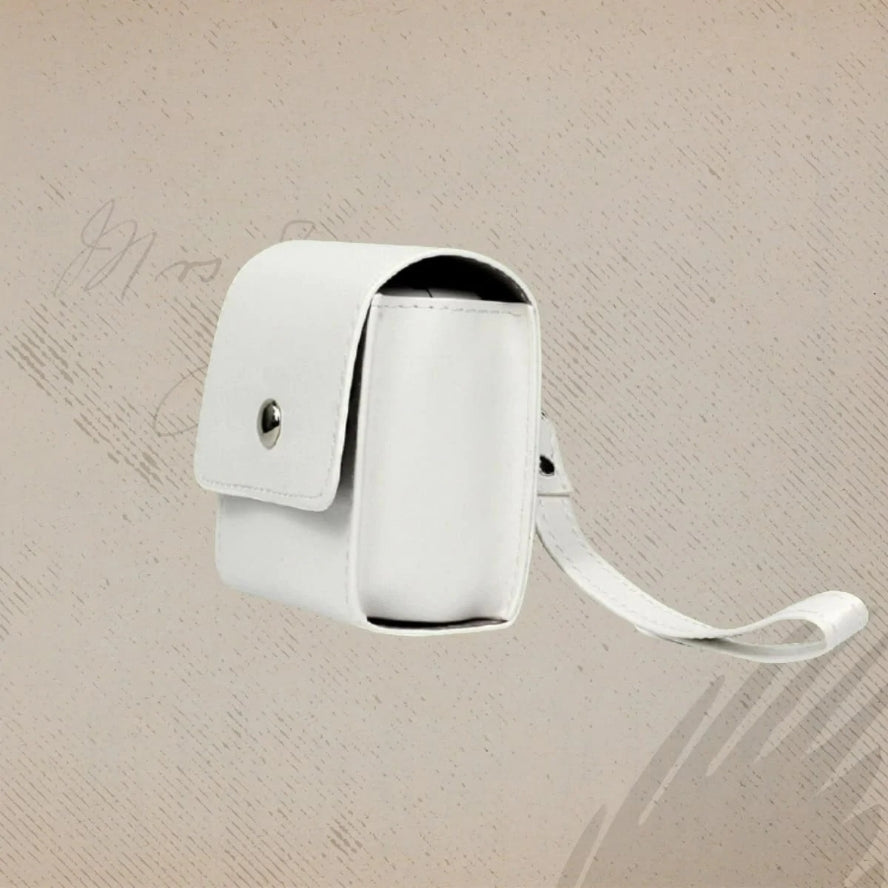Table of Contents
- Whenever it comes to fast, silent, and affordable printing, thermal printers are the best choice.
- Look at the Dimensions
- Check for Thermal Sensitivity
- Inspect the Paper Quality
- Choose the Right Top-Coating
- Check for Archivability
- Consider the Appearance
- Consider the Quantity
- Compare the Prices
- Final Words
Whenever it comes to fast, silent, and affordable printing, thermal printers are the best choice.
They also have minimum downtime and repairs. But the quality of the print or the printer's performance is highly dependent on the thermal printer paper you use with it. Matched with the right paper, the thermal printers can exceed your expectation, while with a non-compatible paper roll, they will fail badly.
So, don't take any manufacturer's word for it. Use research and think of all the things you expect from the printed documents before getting your thermal paper rolls. The following pointers will help you to make a decision.
Look at the Dimensions
The thermal printer comes in multiple different sizes. They will have different capacities and core sizes. For instance, thermal receipt printer needs a paper size of 80*80mm. On the other hand, a handheld model will have a thermal printer paper size of 57*30mm.
Now, there are printers compatible with multiple thermal printer paper sizes, but most adhere to one particular size. So, knowing the dimensional capacity of your printer is a must to choose the right thermal paper rolls.
And, dimensions don't mean just the paper's width, but also its core size, roll length, and compatible roll diameter. Some of these, like the length, can slightly vary, but the others, like roll diameter and core size, need to be exact.
Thermal printer paper size is crucial as non-compatible core size, or roll diameter makes it difficult to fix the roll in the roll chamber.

Check for Thermal Sensitivity
The thermal printer uses heat to print on the thermal printer paper. There's a chemical coating on the paper that reacts to the heat for creating the impressions. In other words, the paper is heat sensitive, which makes heat sensitivity a vital factor. It will have a direct effect on both the print quality and the shelf life of your prints.
Usually, there are two types of heat sensitivity options in thermal printer papers-low sensitive and highly sensitive. The logic to select one is to consider the heat capacity of your printer. If the printer emits high heat, a low sensitivity paper is good. But in case it's a low heat printer, then you need high sensitivity paper.
Inspect the Paper Quality
The thermal receipt paper comes in standard quality with very little variation. You can simply go with a good brand for this part.
But, if you are looking for larger paper sizes or high-quality prints, then you might need to consider the paper thickness. There are usually two different types of paper qualities that you can expect.
- Standard Quality
The standard thermal paper looks like the 20lb bond paper. They are around 80-90 micron thick, more than the usual receipt papers. This type doesn't come with a top-coat and loses readability within 7-20 years under proper conditions.
This paper variant is best for graphical and logo works. You can also consider them for service records, price quotes, work estimates, customer order history, and other similar works.
- Premium Quality
Like the name, the premium paper is a high-quality paper with a thickness of 90-100 microns. It's a top-coated paper variant that can stay readable for 20-25 years.
These papers are excellent for printing datasheets, insurance policies, financial plans, returned goods receipts, and many more works.
Choose the Right Top-Coating
The top-coat is yet another thermal printer paper quality parameter. Most of the time, the premium paper will have the top-coat while the standard paper won't. However, there are manufacturers who provide customizations.
This coat provides an extra layer of protection for the printed matter. It acts as a barrier and prevents it from several environmental factors, including moisture, heat, and more. The added resistance enhances both the quality and the longevity of the prints. Although, the top-coats add extra bucks to the roll costs, which you need to consider.

Check for Archivability
If you choose a high-quality thermal printing paper for your print jobs, then its storage is not an issue. But for the standard quality thermal paper rolls or customizable variants, you need to consider this factor. It will ensure that the paper you buy can be safely stored until you need it. The aspect will also have a direct effect on the printed material's life.
So, if you are going to store the documents for an extended period, focus on the paper's durability. The paper needs to be resistant to heat, moisture, and other environmental damages. The top-coat will enhance these properties, but you should still check the thermal paper rolls for their archiving rating.
Consider the Appearance
When it comes to thermal printing papers, most people think they only come in black colors, but they don't. The thermal paper comes in multiple designs, types, and colors for your needs. There are photographic thermal papers, sticker papers, colored thermal papers, and patterned paper rolls.
You can also get some glittering thermal rolls, designer border paper rolls, and even graphical printer paper rolls. Some manufacturers even offer rare semi-transparent paper rolls. In short, there are tons of choices to consider.
Consider the Quantity
The number of thermal paper rolls that you buy are one of the most ignored factors for buying thermal papers. It doesn't have a direct effect on quality, but it has a role in shelf life.
For instance, if you are getting these rolls in bulk, then you need long term storage. If you have a place with proper environmental control, then this won't be bothersome. However, if not, you need to consider better quality thermal paper rolls. They need to withstand the temperature, heat, and other environmental factors for the long term. Otherwise, the paper will degrade even before you can use them.
Compare the Prices
The final and the most crucial factor for selecting is the thermal paper. Any feature, whether it's the safety coats, environmental resistance, or any other, will add to costs. While the added feature is advantageous, it's not always useful, especially if you are on a limited budget.
So, this part is entirely up to your investing capacity and work requirements.
Final Words
The thermal printing paper comes in various shapes and sizes that you can consider.
Your choice shall not be driven by one single aspect. You need to consider your investment, requirement, shelf life, storage time, types, and many factors, as stated in the post above.
So, think twice and select the thermal paper roll that fits all the parameters.
Thermal Printer Paper FAQ:
Which paper is used in thermal printer?
Thermal paper is a fine paper coated with dye chemicals on one side. The paper change color when exposed to heat. There are over 30+ style of thermal paper: click here to view all styles.
Can you print on thermal paper using normal printer?
You cannot print on thermal paper with a regular printer. A thermal printer uses a print head to burn the image on the paper. Click here to learn more about thermal printers.
How do you remove thermal paper from a printer?
To remove the thermal paper from a Poooliprint L1 or L2 thermal printer, gently push downward on the face of the printer and lift the printer cover. You can simply swap the used thermal paper roll with a new one.
How long does thermal paper last?
Keep in mind this depends on the style of thermal paper rolls you use. For the white PoooliPaper thermal paper you can print up to 100 pictures for each roll.
Is thermal paper food safe?
Chemical-free thermal paper rolls are safe for food contact. For this type of paper the retention time varies from a minimum of 10 years and up to 22 years depending the type of paper you use.

















